Princess Diana Clematis – 1 Gallon Pot
$49.97 Original price was: $49.97.$34.98Current price is: $34.98.
SKU: D2LSC 5517361180 Categories: Clematis Vines, VINES & CLIMBERS
- Experience the difference quality makes.
- Buy with Peace of Mind
- Free Shipping, No Compromise on Quality
- High quality products, hassle-free returns.

‘Princess Diana’ Clematis
Clematis texensis‘Princess Diana’
Plant Details
USDA Plant Hardiness Zones: 4a-9b Find Your Zone
Plant Type: Flowering Vine
Height or Length at Maturity: 7-8′
Width at Maturity: 3-6′
Spacing: 3-5′ apart for covering fence
Spacing: 3-5′ apart for covering fence
Growth Habit / Form: Climbing, Twining
Growth Rate: Fast
Flower Color: Deep Reddish Pink with Soft Pink Margins and Cream Yellow stamens
Flower Type: Single, Tulip Shaped
Flower Size: 2-3″ long
Flowering Period: Early Summer to Early Fall
Flowering Period: Early Summer to Early Fall
Fragrant Flowers: No
Foliage Color: Green
Fragrant Foliage: No
Sun Needs: Full to Mostly Sun, Part Shade, All Day Lightly Filtered Sun
Water Needs: Average
Soil Type: Clay (Amend heavy clay to ensure good drainage), Loam, Sandy, Silt
Soil Drainage: Moist but Well Drained
Soil pH: 5.5 – 7.0
Maintenance / Care: Low
Pruning Group: 3
Attracts: Butterflies, Hummingbirds, Beneficial Pollinators, Visual Attention
Resistances: Deer, Disease, Heat, Humidity, Insect
Description
A hybrid cross between Clematis texensis and Clematis ‘Bees Jubilee’, and named in honor of Diana, Princess of Wales, the Princess Diana Clematis features a profusion of beautiful, tulip-shaped flowers with deep reddish pink petals having soft pink margins. Cute cream yellow stamens poke out from the center. The bloom occurs from early summer to early fall. The flowers are followed by attractive silky seed heads. Pinnately trifoliolate medium green foliage serves as an excellent backdrop for the flowers. At 6 to 8 feet tall it will quickly cover a trellis, fence, mailbox lamp post, rail, obelisk or other structure. If left to meander along the ground, Princess Diana makes an attractive ground cover or filler around shrubs, or as a companion for climbing roses and small trees. Easy to grow, nothing seems to discourage this beautiful flowering vine, even clay soils and blazing sun or part shade.
Landscape & Garden Uses
Growing up to 8 feet tall and 3 to 6 feet wide, the Princess of Diana Clematis can be grown as a climbing vine to cover trellises and obelisks, fences and rails, posts and poles and other structures up to 8 feet or so in height. It can also be grown as a groundcover around large shrubs such as Hydrangeas. Excellent for use to climb small trees and the perfect companion for climbing roses. A fine addition to Clematis gardens, pink themed gardens and cottage gardens.
Suggested Spacing: 3 to 4 feet apart for covering a fence
Growing Preferences
Princess Diana Clematis is easy to grow in a moist but well-drained soil of average fertility and full sun to part shade. Clematis tend to like sun on their vines and shade on their roots to keep them cooler. So we always plant a groundcover or flowers around the base of the vine to meet this preference.
Note: All clematis prefer to be planted so that the crown of the plant, where its stem(s) emerge from the soil in which it was grown, is at least 3 to 4 inches below the soil level.
Clematis Pruning Group 3
Princess Diana Clematis is in pruning group 3, which consists of late-flowering species that bloom from mid-summer into fall. This group flowers on the last 2 to 3 feet of the current season’s growth (new wood). They are easy to prune because you do not need to maintain any old wood. In February or March, cut each stem to a height of 1 or 2 feet above the ground. Always make sure to leave two good buds below where you make your cut. New growth will emerge from these buds to produce the current seasons vines and blooms. Although on some varieties you will be removing some green stems and buds, this treatment keeps these vigorous growers in bounds. If not pruned, these vines will quickly become a mass of old diseased woody stems producing very few flowers.
Helpful Articles
Click on the link below to find helpful advice from our experts on how to plant and care for Clematis vines
How To Plant A Clematis
How To Prune A Clematis
Plant Long & Prosper!
Questions? Contact Us!
Be the first to review “Princess Diana Clematis – 1 Gallon Pot” Cancel reply
Related products
Sale!
Clematis Vines
Sale!
Clematis Vines
Sale!
Clematis Vines
Sale!
Clematis Vines
Sale!
Clematis Vines
Sale!
Clematis Vines
Sale!
Clematis Vines
Sale!
VINES & CLIMBERS

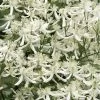

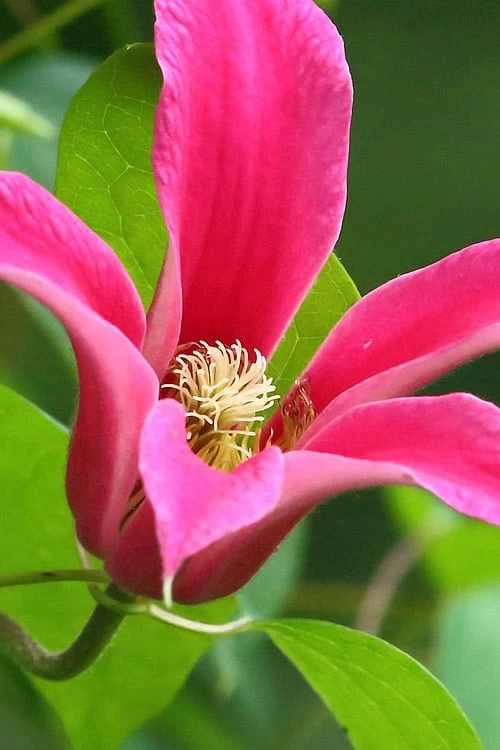
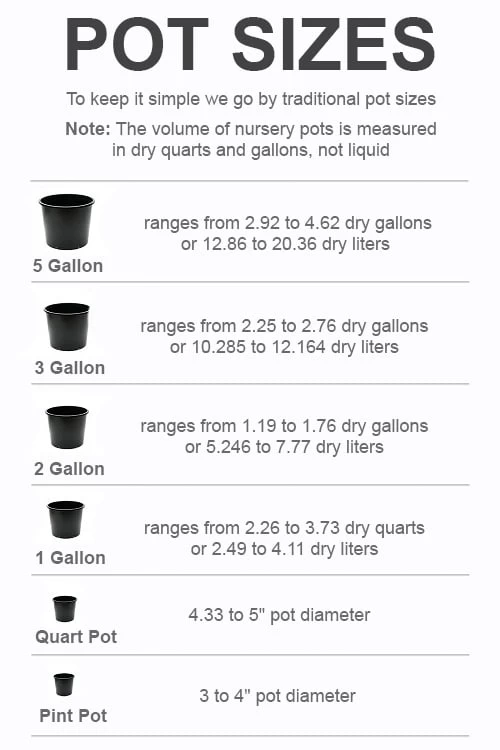


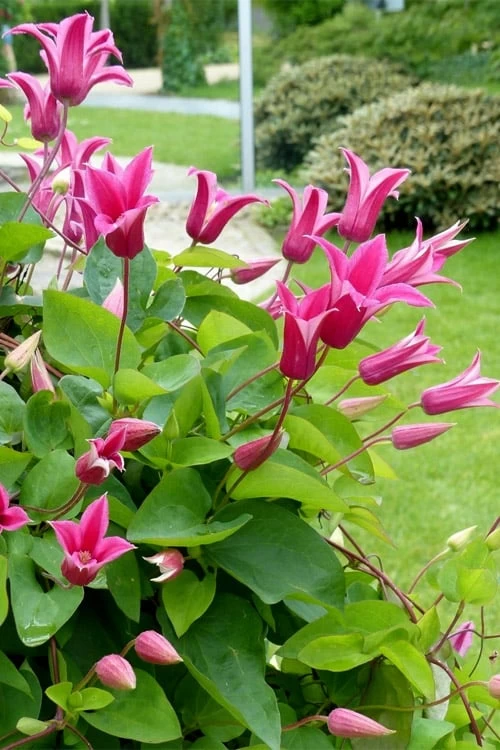


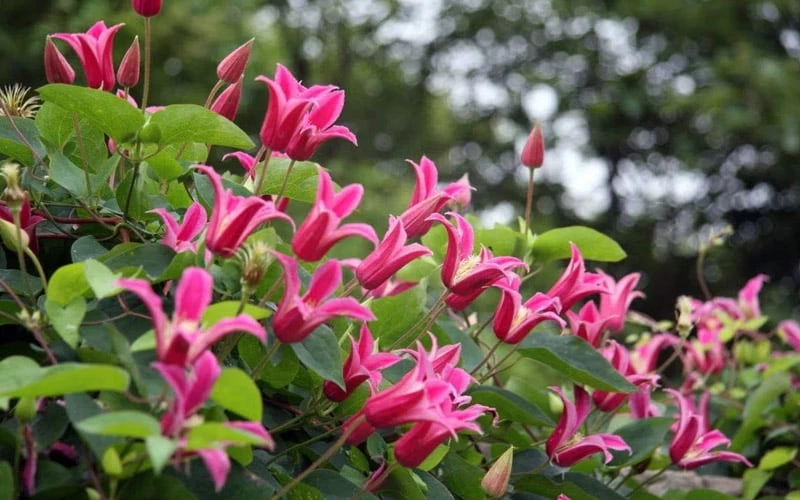











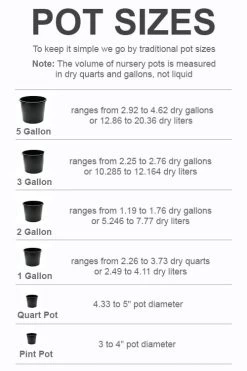
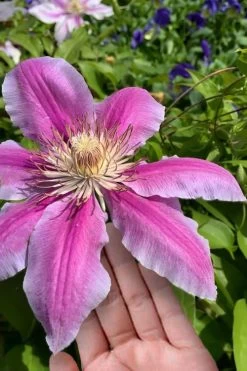
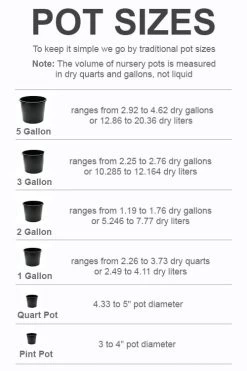
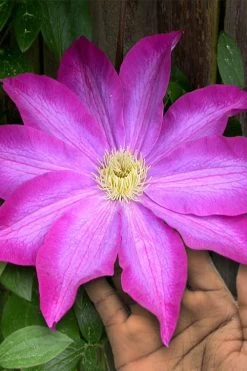

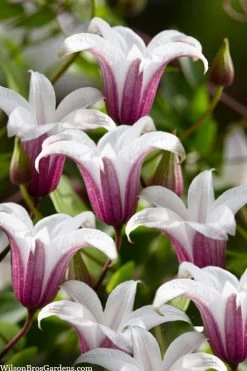
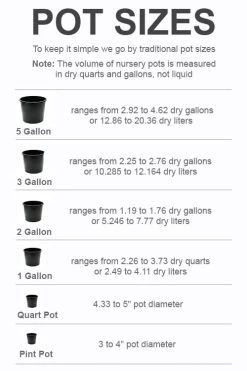




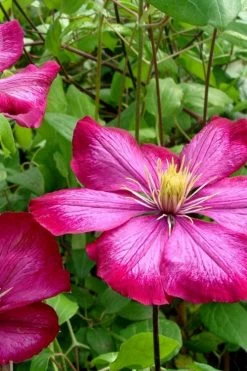
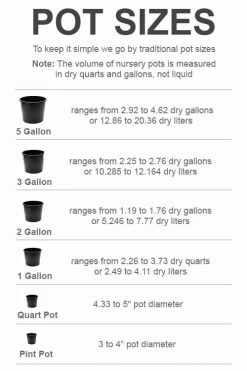
Reviews
There are no reviews yet.